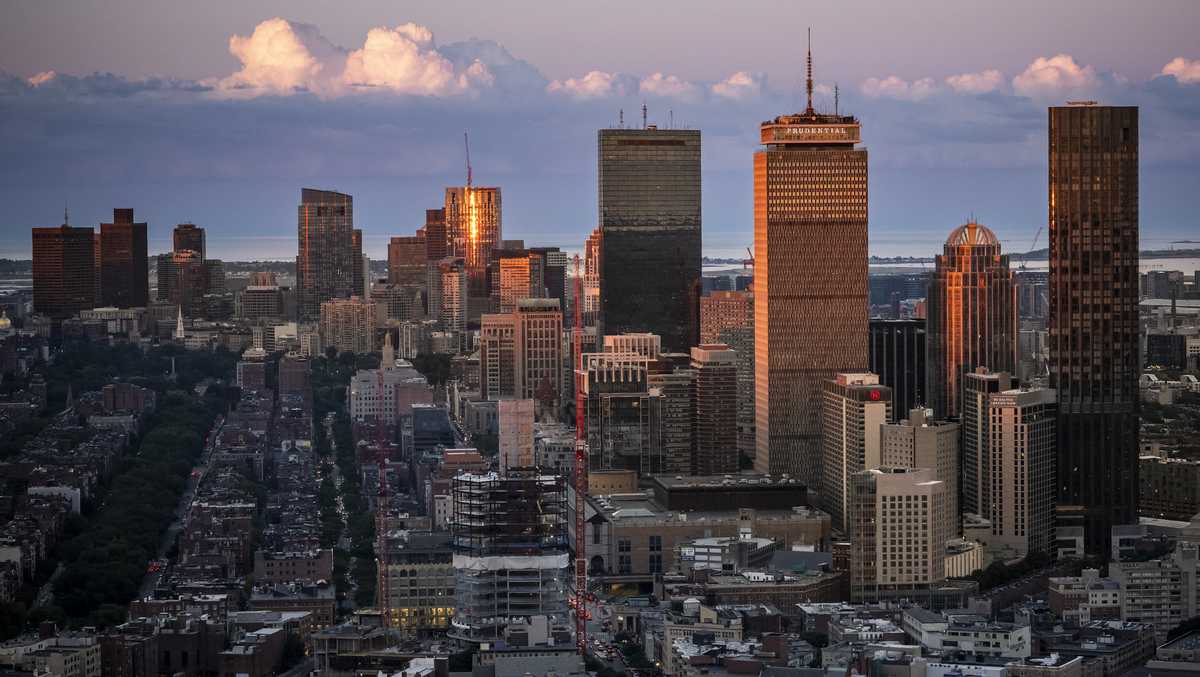Navigating the perpetual traffic in and around Boston feels like a soul-draining experience. The city itself appears to be ensnared in a nightmarish gridlock, exacerbated by a seemingly perpetual cycle of building upon an infrastructure that struggles to bear the weight of the city's demands.
The once tranquil areas outside of Boston, quaint towns like Melrose, Wakefield, Stoneham, Reading and Woburn, have morphed into bustling extensions of the inner-city mayhem. This urban sprawl has encroached upon once peaceful havens like Winchester, Belmont, Arlington transforming them into frenetic pockets of activity.
The relentless traffic, a constant companion on every journey, paints a diverse picture of vehicular frustration, with license plates from every state peppering the landscape. The roadways seem to be a melting pot of commuters, each one navigating the chaos in their unique way.
Adding another layer to the situation is the state government's decision to permit migrants to inhabit developments in Everett, Woburn, and other areas, developments financed by the collective contributions of hardworking taxpayers. This move has not only raised questions about the adequacy of these developments but has also sparked discussions about the allocation of public funds and the long-term sustainability of such endeavors.
In the face of these challenges, it's essential to engage in open dialogues with elected officials, fostering an environment where concerns about infrastructure, traffic, and resource allocation are addressed. By doing so, we can work towards creating a more sustainable and harmonious living environment for both current residents and those who are welcomed into our communities.




